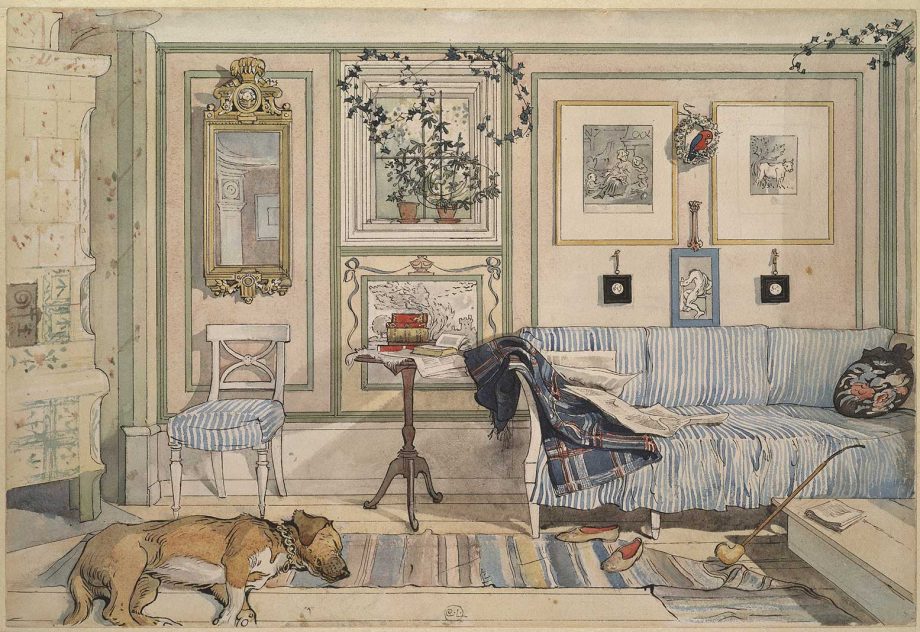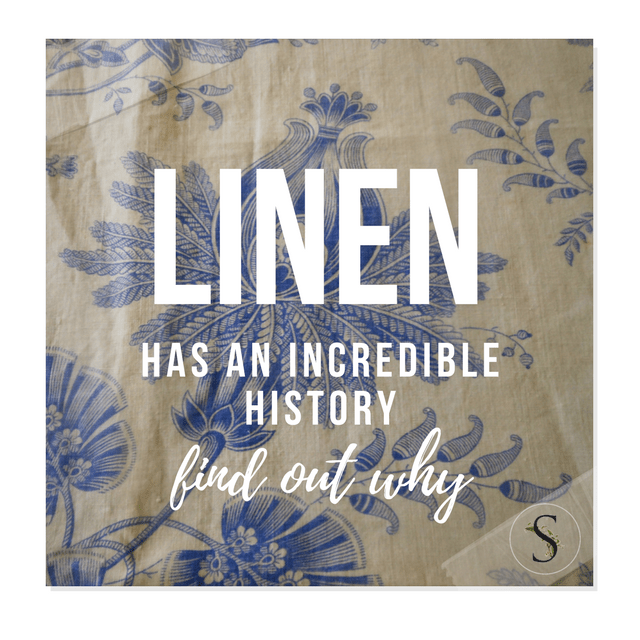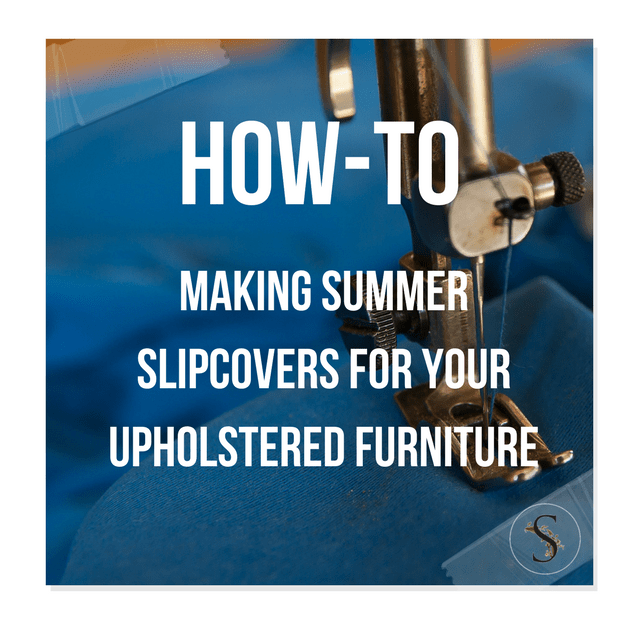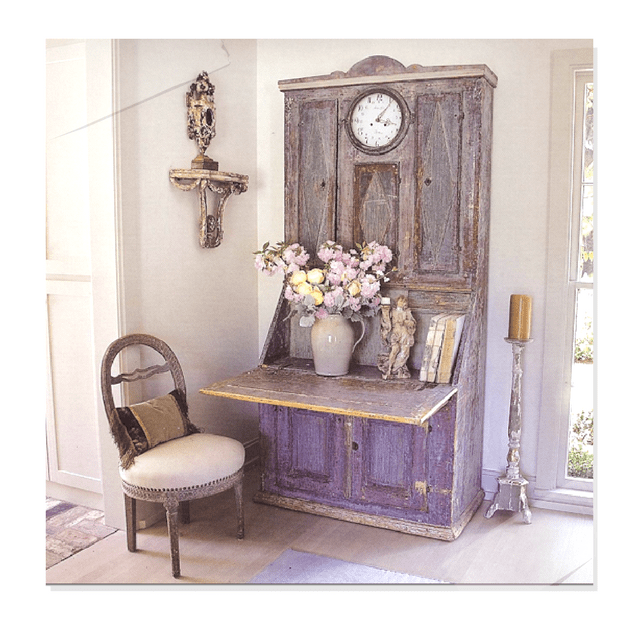Larsson, Carl (1853-1919) Among the Swedish artist Carl Larsson’s many watercolours of the house he shared with his wife, Karin, and eight children, is one of their sitting room that radiates a pleasing sense of domesticity — a discarded newspaper and shoes, a sleeping dog, a rug hung nonchalantly over the arm of the sofa. […]



